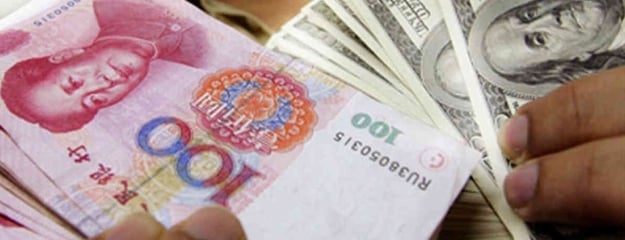Topics: Implementation, Advanced Planning and Scheduling, manufacturing, PlanetTogether, current events, superplant, Implementation, APS, APS, china
For economists, manufacturers, and investors around the globe, China’s "lead dragon" of market value may contribute more fumes than flames for 2016. After a slam-dunk first half of 2015 (stocks more than doubled in the 12 months before June) value went belly-up as China began to report subpar growth percentages for the back half of the year.
 On the other hand, Japan’s Purchasing Manager’s Index (PMI) continues to grow despite this trend. So what does this mean for the global economy? And, specifically, how does this environment affect the era of the multi-facility superplant? Let’s break it down.
On the other hand, Japan’s Purchasing Manager’s Index (PMI) continues to grow despite this trend. So what does this mean for the global economy? And, specifically, how does this environment affect the era of the multi-facility superplant? Let’s break it down.
The issue stems from Beijing’s August 2015 reports of China's declining manufacturing output. The nation’s service sector, which had experienced rapid growth over the previous decade, reported some weakness. Economists predict that negative forces (such as massive debt, and slowing growth in the country’s trading partners and workforce) threaten to overwhelm Beijing’s efforts to stabilize the nation. The result? China’s Purchasing-Managers’ Index (PMI) fell to 48.2 in December.
China is the second largest economy in the world, so with this manufacturing downturn, Northern Asia can expect a hard hit. The U.S. and Europe will no doubt feel the effects. In fact, 40 percent of the revenue generated by businesses on the S&P 500 comes from overseas sales. Such down slopes in the global economy then have a serious effect on any American industry dependent on foreign sales.
In addition, China’s decades-old one-child policy now presents a shortage in an age-appropriate labor force. Wages increase dramatically thus raising the cost of business for any U.S company or manufacturer with outsourced operations in China.
Surprisingly, Japan maintained a PMI index of 52.6 for December. In fact, this is the seventh straight month export orders rose within the nation. Facts like these raise eyebrows within the manufacturing industry and leave us wondering how Japan is unaffected by the economic environment in China?
In industry terms, Japan is an intermediate goods exporter. The nation exports manufacturing parts and components to countries like China for the production of consumer electronics. However, the economic downturn in China combined with continued consumer spending across the globe led Japan to diversify their export destinations to lesser known players like Vietnam, India, and Indonesia. Diversification of multiplant and superplant manufacturing contributed to Japan’s resilience to the current economic environment in the region.
Time will tell over the remainder of the second quarter whether or not China can manage to turn their sluggish economy around. Until then, it seems prudent for superplants to go the way of Japan and diversify their holdings.
Topics: Implementation, Advanced Planning and Scheduling, manufacturing, PlanetTogether, current events, superplant, Implementation, APS, APS, china
0 Comments
No video selected
Select a video type in the sidebar.







LEAVE A COMMENT